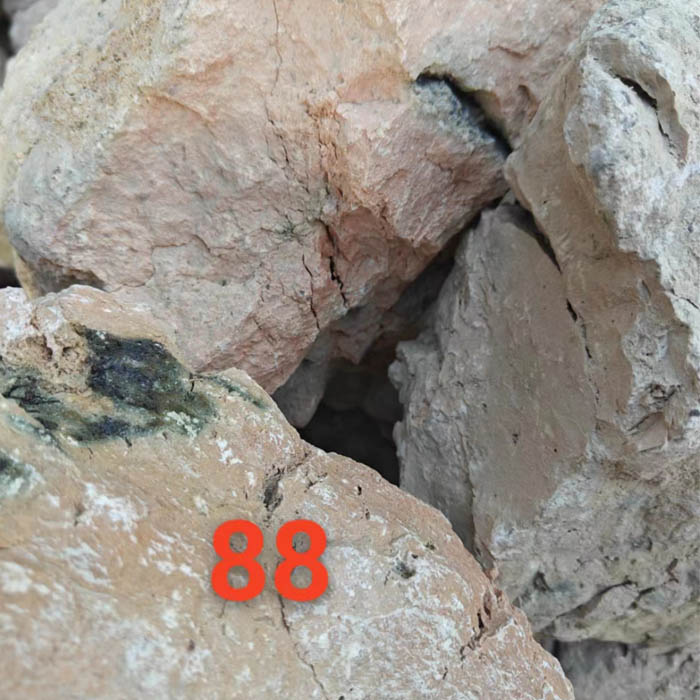Nov . 02, 2024 14:07 Back to list
Effective Insulation Solutions for Enhanced Energy Efficiency and Comfort in Buildings
High-Quality Thermal Insulation Materials Enhancing Energy Efficiency
As concerns about energy consumption and environmental sustainability grow, the demand for high-quality thermal insulation materials has never been more critical. These materials play a crucial role in reducing energy loss in buildings and industrial applications, leading to increased energy efficiency, lower utility bills, and a reduced carbon footprint. This article explores various high-quality thermal insulation materials, their properties, applications, and benefits.
What is Thermal Insulation?
Thermal insulation refers to the use of materials to resist the transfer of heat. This process not only involves keeping heat within buildings during colder months but also ensuring that unwanted heat does not enter during warmer months. Proper thermal insulation enhances occupant comfort, improves indoor air quality, and significantly reduces energy consumption.
Types of High-Quality Thermal Insulation Materials
1. Fiberglass Insulation Fiberglass insulation is one of the most commonly used materials. It consists of fine glass fibers that trap air, thus creating a barrier against heat transfer. Available in batts, rolls, or loose-fill forms, fiberglass insulation is resistant to moisture, making it suitable for various applications, including walls, attics, and ceilings.
2. Foam Board Insulation Foam board insulation is another popular choice, particularly for its high insulating value with relatively thin profiles. Polyurethane and polystyrene are common types of foam boards. They are lightweight, easy to install, and provide excellent thermal resistance, making them suitable for foundation walls, basement walls, and exterior sheathing.
3. Spray Foam Insulation Spray foam insulation is a versatile option that expands upon application, filling gaps and voids effectively. This material provides superior air sealing, which helps in minimizing air leaks and enhances overall thermal performance. While it is more expensive than traditional insulation types, its energy efficiency benefits can lead to substantial long-term savings.
high quality thermal insulation materials

4. Mineral Wool (Rock Wool) Insulation Mineral wool insulation is made from molten rock and is known for its excellent thermal and acoustic properties. It is fire-resistant, does not promote mold growth, and has a high R-value per inch, making it suitable for both residential and commercial applications.
5. Cellulose Insulation Made from recycled paper products, cellulose insulation is an eco-friendly option that offers effective thermal properties. It is usually installed as loose-fill insulation, providing good air sealing and moisture resistance. Its sustainability aspect is a significant draw for environmentally conscious builders.
Benefits of High-Quality Thermal Insulation
Investing in high-quality thermal insulation materials yields several benefits
- Energy Efficiency Effective insulation reduces the need for heating and cooling systems, leading to lower energy consumption and costs. - Comfort Proper insulation maintains consistent indoor temperatures, enhancing overall comfort for occupants. - Environmental Impact By reducing energy consumption, high-quality insulation helps decrease greenhouse gas emissions, contributing to a healthier planet. - Noise Reduction Many insulation materials, such as mineral wool, also provide soundproofing benefits, improving the acoustic environment of homes and buildings.
Conclusion
In today's world, where energy efficiency and sustainability are paramount, selecting high-quality thermal insulation materials is crucial for both residential and commercial structures. The diversity of available insulation options ensures that builders and homeowners can find suitable materials that meet their specific needs. By prioritizing effective thermal insulation, we ally ourselves with energy conservation efforts and create more comfortable living and working environments. As technological advancements continue to improve insulation performance, we can look forward to even better energy solutions in the future.
-
High Purity Graphitized Petroleum Coke | Low N Recarburiser
NewsAug.08,2025
-
Fe-C Composite Pellets for BOF: Enhance Steelmaking Efficiency
NewsAug.07,2025
-
Eco-Friendly Granule Covering Agent | Dust & Caking Control
NewsAug.06,2025
-
Fe-C Composite Pellets for BOF: High-Efficiency & Cost-Saving
NewsAug.05,2025
-
Premium Tundish Covering Agents Exporters | High Purity
NewsAug.04,2025
-
Fe-C Composite Pellets for BOF | Efficient & Economical
NewsAug.03,2025
